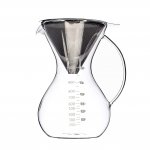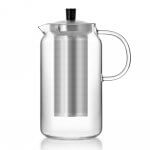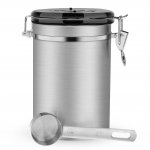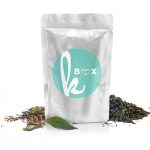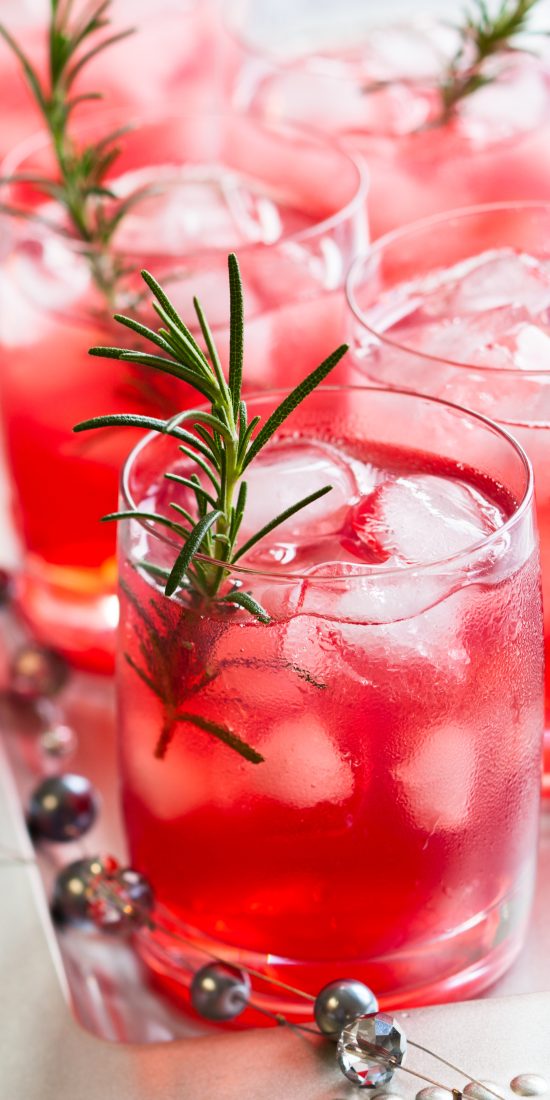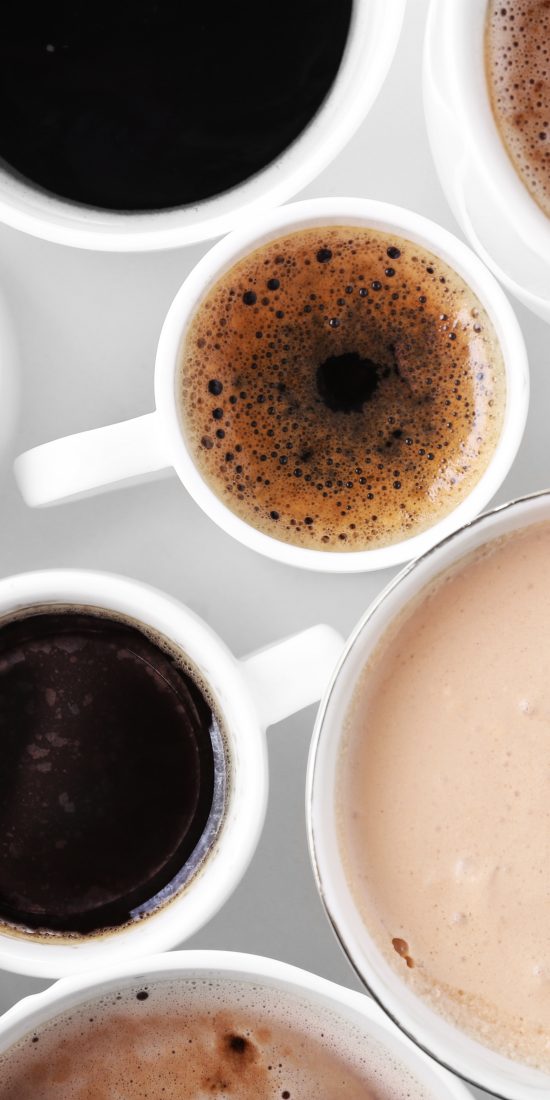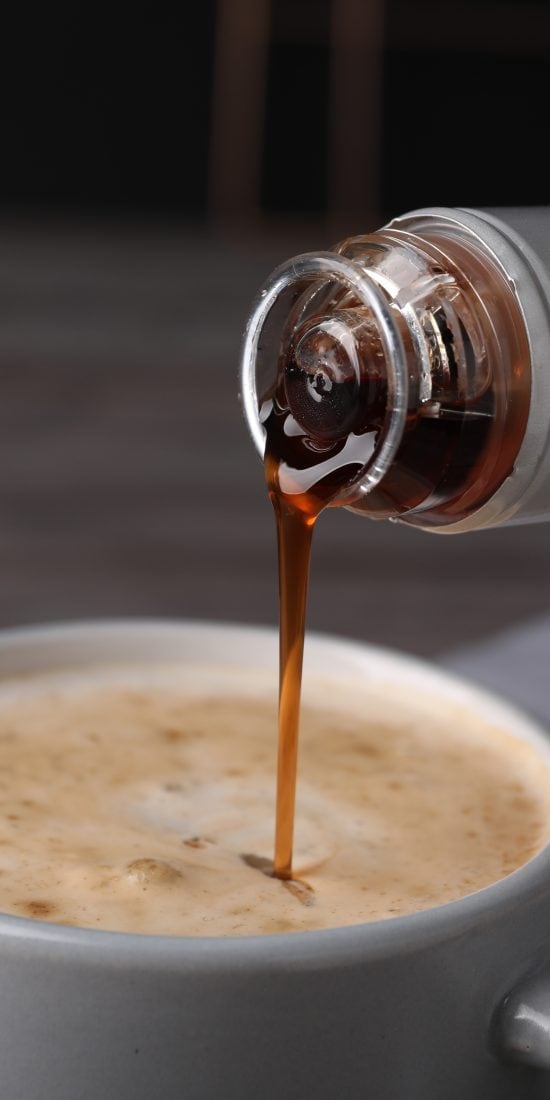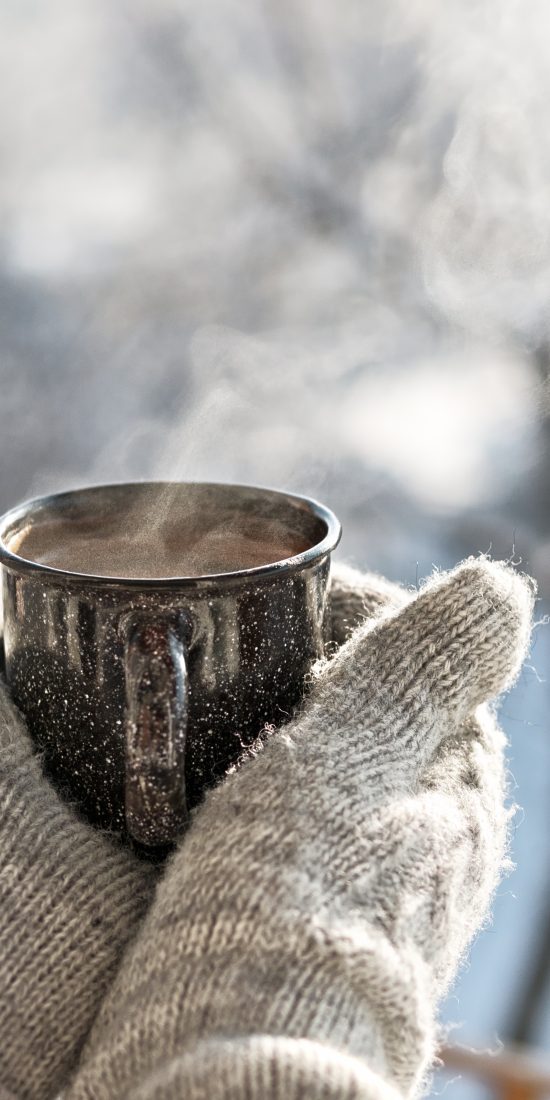
Common Matcha Mistakes and How to Fix Them

Matcha is more than just a trendy green drink; it’s a centuries-old superfood loaded with antioxidants, L-theanine for calm focus, and a unique umami flavor. But if you’ve tried making it and ended up with a bitter, clumpy mess, you’re not alone. Learning how to make matcha tea the right way can make all the difference.
Whether you’re just beginning and curious about how to make matcha, or you’re looking to improve your skills and master how to make matcha latte at home, this guide breaks down the most common matcha mistakes and exactly how to fix them. Let’s make your next matcha experience smooth, frothy, and delicious.
1. Choosing the Wrong Type of Matcha
Mistake: A common matcha mistake is using culinary grade matcha for drinking.
Fix: For the best flavor and texture, always choose ceremonial grade matcha when preparing tea or lattes. Culinary matcha works well in baking or smoothies but is often too bitter for direct consumption. Understanding the difference between ceremonial grade matcha vs culinary grade helps ensure a better drinking experience.
If you’re unsure where to get matcha powder, look for premium brands that specialize in Japanese-grown matcha with transparent sourcing.
2. Using Boiling Water
Mistake: Scalding your matcha with boiling water.
Fix: Using water that’s too hot can ruin the flavor and reduce nutritional value. The ideal temperature is 160°F to 175°F. Let your water sit for a couple of minutes after boiling before whisking. This small adjustment is essential when learning how to make matcha with powder the right way.
3. Skipping the Sift
Mistake: Not sifting matcha leads to clumps in your cup.
Fix: Matcha powder tends to clump due to its fine texture. Sifting helps create a smoother, frothier drink — a crucial step when learning how to make matcha latte at home.
4. Whisking Incorrectly
Mistake: Stirring instead of whisking properly.
Fix: To get that signature foam, use a bamboo whisk (chasen) in a rapid “M” or “W” motion. This aerates the matcha and enhances the flavor. Proper whisking is key when discovering how to make matcha taste good consistently.
5. Getting the Ratio Wrong
Mistake: Using too much or too little matcha powder.
Fix: Use about 1–2 grams of matcha (½–1 tsp) with 2 ounces of hot water for a traditional serving. Adjust to taste when preparing matcha lattes or iced teas. Getting this ratio right is foundational when learning how to make matcha tea like a pro.
6. Mixing Milk or Sweeteners Too Soon
Mistake: Adding extras before whisking.
Fix: First, whisk your matcha with water until smooth and frothy. Then add milk, sweeteners, or other flavorings. This method is essential when figuring out how to make matcha latte at home or even how to make matcha iced tea for a refreshing twist.
7. Storing Matcha Improperly
Mistake: Leaving matcha exposed to air, light, or heat.
Fix: Always store your matcha in an airtight, opaque container in a cool, dry place. Some even refrigerate it. Freshness is vital; old matcha loses its vibrant color, aroma, and taste.
If you’re still deciding where to get matcha tea, go with brands that prioritize freshness, proper packaging, and Japanese sourcing.
8. Expecting Regular Green Tea Flavor
Mistake: Comparing matcha to green tea bags.
Fix: Matcha has a rich, earthy, umami flavor — not your typical green tea taste. If it’s too strong, experiment with how to make matcha taste good using additions like vanilla, honey, oat milk, or coconut milk to balance the profile.
9. Using Low-Quality or Old Matcha
Mistake: Dull, brownish matcha means it’s oxidized or poor quality.
Fix: Look for vibrant green powder that smells fresh and slightly sweet. Choosing the best matcha powder for beginners means opting for ceremonial grade matcha with minimal bitterness — especially when you’re still learning how to make matcha latte or tea at home.
10. Avoiding Cold Methods
Mistake: Only drinking matcha hot.
Fix: Learn how to make matcha iced tea for a cool, energizing version. Just add 1 tsp of sifted matcha to cold water in a shaker bottle, shake vigorously, and pour over ice. Cold brewing prevents bitterness and keeps the drink crisp and smooth.
Bonus: Matcha Health Benefits
Not only is matcha delicious, but it’s also incredibly good for you. Some of the top matcha tea benefits include:
- Boosted metabolism and fat burning
- High levels of antioxidants (especially EGCG)
- Calm energy and mental focus (thanks to L-theanine)
- Detoxification and immune support
These perks are even more rewarding when you know how to make matcha correctly and enjoy it daily.
Final Thoughts
Matcha is both an art and a ritual. By avoiding these common matcha mistakes and following simple tips, you’ll unlock the full flavor, texture, and benefits of this vibrant green super-tea. Whether you’re just learning how to make matcha tea or searching for the best matcha powder for beginners, mastering the basics helps turn every cup into a mindful moment.
Whether you’re just beginning your matcha journey or perfecting your daily ritual, avoiding these common mistakes will elevate every cup. And when it comes to presentation, enjoying your matcha in a beautifully crafted vessel makes all the difference. At Kitchables, we believe in making every sip special — our double-walled glass mugs are designed to enhance the experience, keeping your matcha hot (or cold) longer while showing off its vibrant green hue. Because great matcha deserves a great mug.

